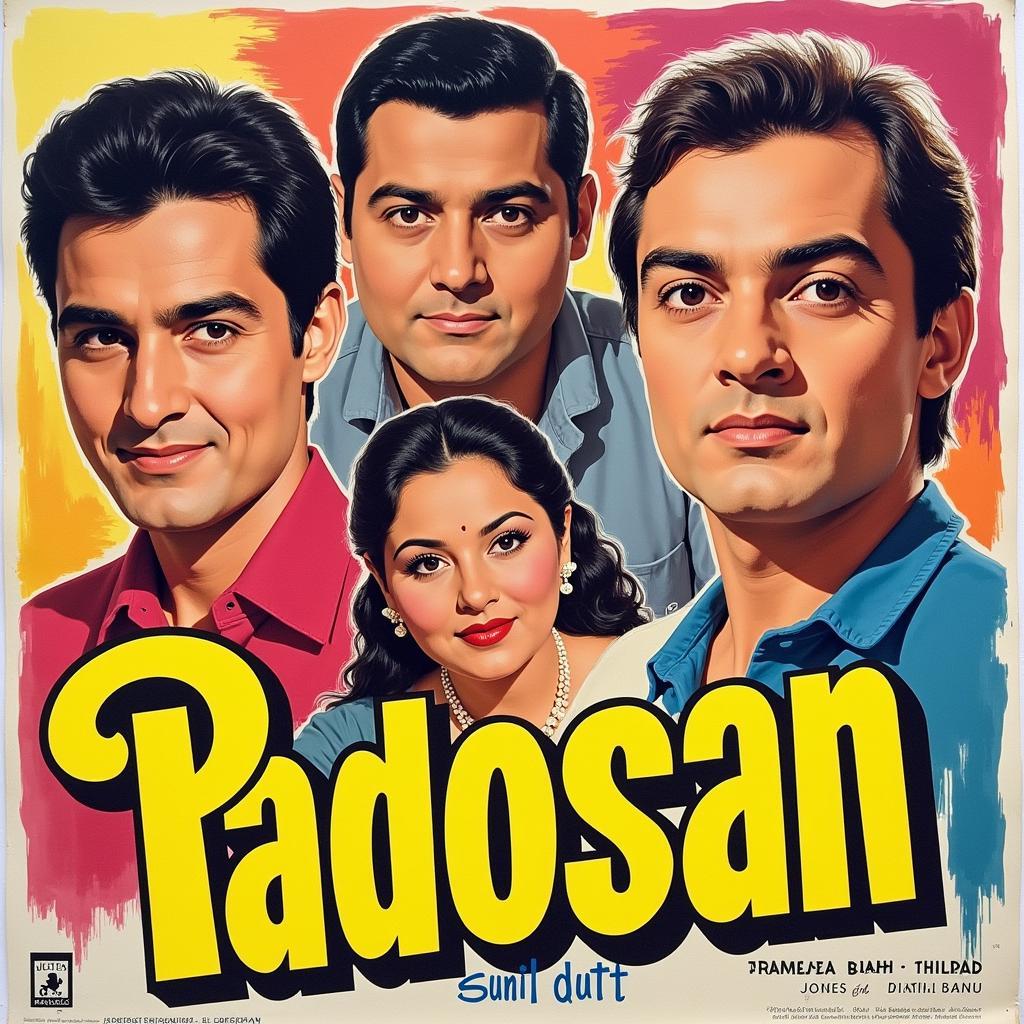The depiction of sex and nudity in Hollywood movies, often referred to as “porn scenes” in casual conversation, has a long and complex history. From the early days of cinema to the present, the portrayal of such content has been shaped by societal norms, censorship laws, and artistic expression.
The Hays Code Era: A Time of Censorship
The early 20th century saw the rise of the Hays Code, a set of strict moral guidelines enforced upon Hollywood studios. This code, implemented in 1934, prohibited the depiction of numerous themes deemed inappropriate for public consumption, including explicit sexual content, nudity, and even suggestive dialogue. The impact of the Hays Code on how intimacy was portrayed on screen was significant, leading to creative workarounds by filmmakers to imply rather than show.
For example, a passionate kiss followed by a fade to black became a common trope, allowing audiences to infer the characters’ actions without explicitly depicting them. This era, while restrictive, forced filmmakers to be innovative in their storytelling, relying on symbolism and suggestion to convey passion and desire.
The Sexual Revolution and the Fall of the Hays Code
The social and cultural upheaval of the 1960s, marked by the sexual revolution, had a profound impact on filmmaking. As societal attitudes towards sex and nudity became more liberal, the Hays Code began to lose its grip on Hollywood. This period witnessed a gradual shift towards more explicit content in movies, reflecting the changing values of the time.
Films like “Bonnie and Clyde” (1967) and “Midnight Cowboy” (1969), while still pushing boundaries, signaled a move towards a more realistic and less censored depiction of human relationships. These films tackled previously taboo subjects, opening the door for a new wave of filmmakers eager to explore mature themes with greater freedom.
The Rise of the MPAA Rating System and the Modern Era
The demise of the Hays Code led to the creation of the MPAA film rating system in 1968, a system still in use today. This system aimed to provide audiences with guidance about a film’s content, allowing for a wider range of themes and depictions, including sex and nudity, to be featured in movies.
However, the portrayal of such scenes remained a subject of debate. While some films used them gratuitously, others employed them to tell mature stories or explore complex characters. This era saw the rise of independent cinema, which often pushed boundaries further than mainstream Hollywood, tackling controversial issues and exploring sexuality in more diverse and nuanced ways.
The Future of Intimacy in Film
Today, the depiction of sex and nudity in Hollywood movies continues to evolve alongside societal views and technological advancements. The advent of streaming services has further blurred the lines, offering filmmakers even more creative freedom and audiences a wider variety of content to choose from. However, the conversation about responsible representation, exploitation, and the portrayal of healthy sexuality on screen remains as relevant as ever.
FAQs
1. What led to the decline of censorship in Hollywood?
The social and cultural shifts of the 1960s, particularly the sexual revolution, played a significant role in challenging and ultimately dismantling the Hays Code, paving the way for more open depictions of sexuality in film.
2. How has the internet impacted the portrayal of sex in movies?
The internet and streaming services have led to a wider availability of content, including films with explicit scenes, and have also sparked discussions about responsible representation and the exploitation of actors.
3. What are some of the challenges filmmakers face when depicting intimacy on screen?
Balancing artistic vision with audience expectations, navigating censorship and rating systems, ensuring the well-being and consent of actors, and portraying sex and nudity in a respectful and meaningful way are just a few of the challenges faced by filmmakers today.
Need More Movie Recommendations?
Looking for specific movie recommendations or have questions about our content? Don’t hesitate to contact us!
Phone: 02933444567
Email: [email protected]
Address: RF55+W7R, Lê Hồng Phong, Vị Tân, Vị Thanh, Hậu Giang, Việt Nam
Our dedicated customer support team is available 24/7 to assist you with all your movie needs!

